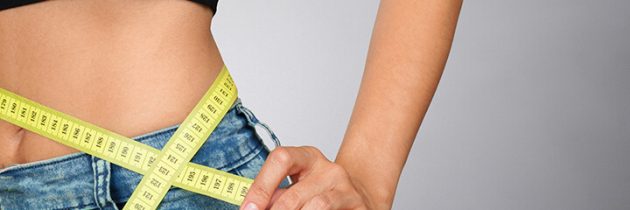7 Powerful Tips to Lose Fat After 40
Are you over 40 and noticing it’s getting harder to lose weight? You have some extra stubborn fluff and puff around the middle?
Starting around the age of 30, you begin to lose muscle mass, up to 3 to 5 percent each decade if you are not active. This lack of muscle combined with inactivity reduces metabolism. An important component to losing weight after age 40 is to reset our mitochondrial function and increase the number of them. Our mitochondria are like little factories or the ‘powerhouses within the cell’ that create the energy we need to live and to live a healthy life. They are the foundation for a strong, healthy and lean body. As we age, we begin to lose these small but vital cellular components and they begin to function at a sub-par level leaving us feeling tired, overweight and contributing to numerous problems, including heart disease. [1]
The good news? By utilizing these seven tips, you can begin to repair and increase these small but powerful elements, so you will not only feel better, but also lose weight as well!
7 Tips To Weight Loss Success for those Over 40
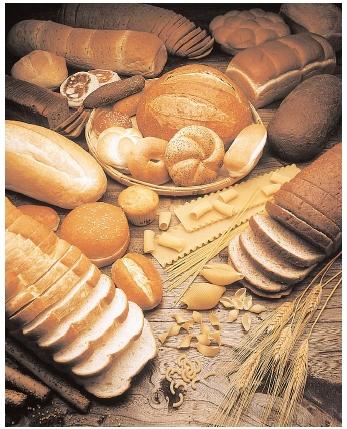 1. Reduce Your Carb Intake
1. Reduce Your Carb IntakeIf you want to lose body fat, lowering your carbohydrate/starch intake can help you reprogram your body to burn fat as its main source of fuel as opposed to using primarily glycogen, which is what most people have trained their body to do. The amount of carbs you do eat should depend upon your activity level — if you are very active, you can handle more.
When you’re over 40 and/or have significant weight to lose, reducing your carbs while adding protein to each meal and eating veggies (Fill up on fiber from green, leafy, and raw vegetables) at every meal will have a powerful fat loss impact — in particular, belly fat.
Eat as many non-starchy, low-sugar veggies as you’d like. This is reprogramming not only how your body chooses to use its fuel but helps to reset your weight loss hormones such as leptin, telling the brain you’ve had enough to eat. You will also be tamping down on the hunger hormone ghrelin, a good thing when trying to lose weight.
Your goal should always be to lose fat not weight. Weight in and of itself is not an accurate measurement due to many conditions such as water retention, food in the digestive track and more. Measurement is accurate. So always measure (once a week) your waist right above your belly button and make note of it.
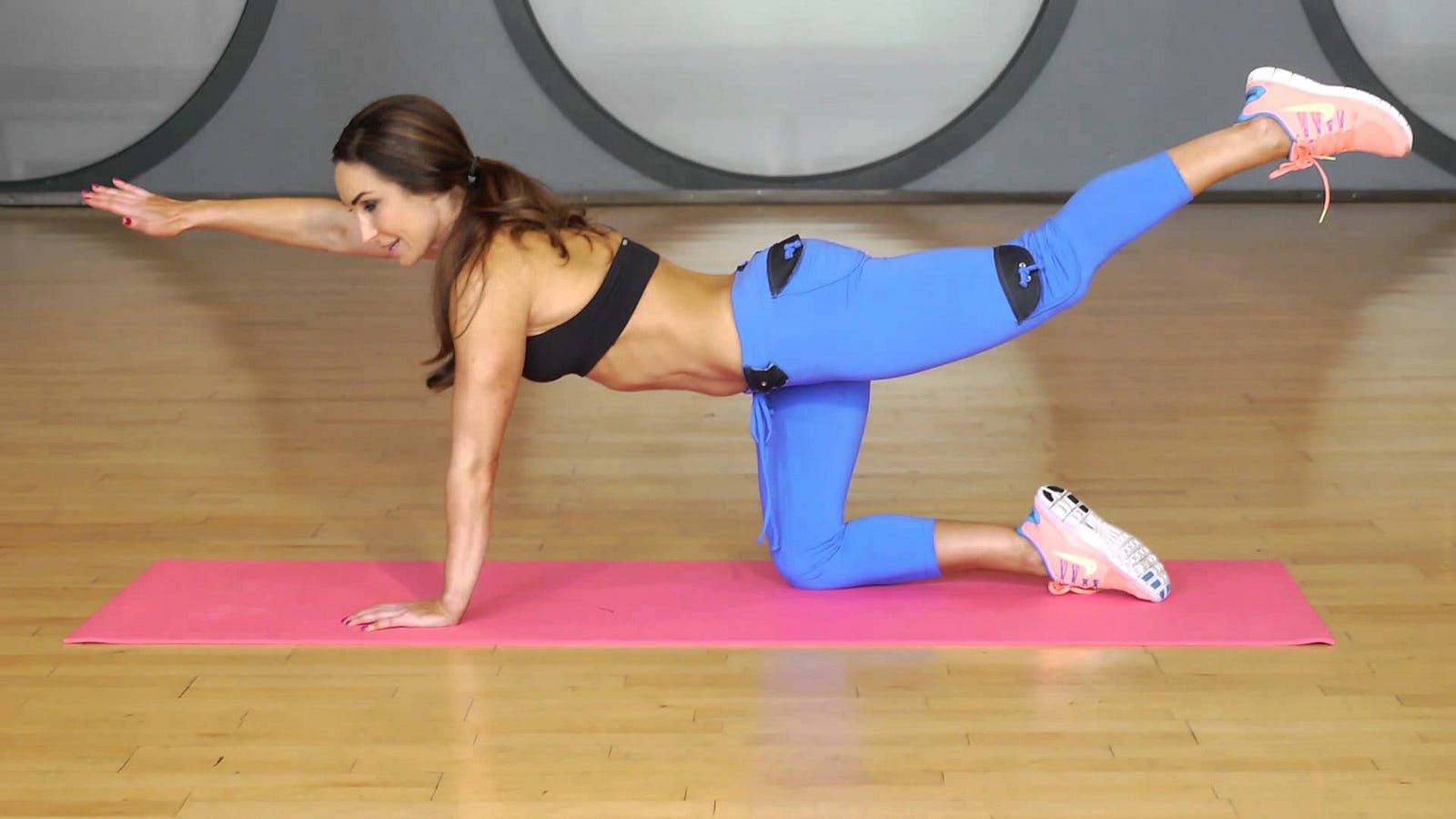
2. Strength Train
You may be familiar with the old adage, “use it or lose it,” and this is true when it comes to your body. As we age we lose muscle, a condition called sarcopenia that begins in our thirties. As we age, muscle loss is typically replaced by fat if the diet is not in order, hence the widening girth. Although your weight may increase only slightly, your body may appear larger because fat takes up more room on your body than muscle.
We also experience a decrease in the ability to synthesize protein or in a decrease of hormones such as human growth hormone (HGH) and testosterone. However, the good news is that by using our muscles, we increase these youth hormones naturally and boost our metabolism.
Strength training is key to weight loss success!
3. Stop Long Cardio Workouts
Simply moving your body will provide you with a healthier return on your investment. However, there is a more efficient and successful way to increase fat loss.
Even though a long cardio session, such as running, burns a higher percentage of calories from fat, a HIIT workout (high intensity interval training), will help you lose weight faster. And takes just minutes! Additionally, HIIT speeds up your metabolism — you can burn extra calories at least 24 hours after high-intensity exercise Longer cardio such as running can promote inflammation and the catabolism of muscle tissue degrading metabolism. HIIT is another opportunity to increase your mitochondria; one study found just two weeks of HIIT significantly increased mitochondrial functioning. [2]
Specific hormones are key players in successful weight loss after age 40. Your production of vital human growth hormones that promotes a leaner you, decreases with age. However, HIIT naturally increases HGH as much as 771% during a workout. The higher you’re levels of HGH, the healthier, stronger, leaner and more “youthful” you will be.
There are many HIIT variations and they can be done with most any type of workout such as walking, running, biking, using the elliptical or your own body weight with circuit training.
Here is a basic HIIT workout:
Go as fast as you can for 30 seconds, go back down to a slow-to-moderate pace for 90 seconds and repeat 8 times. That’s it! Do this 3–4 times a week.
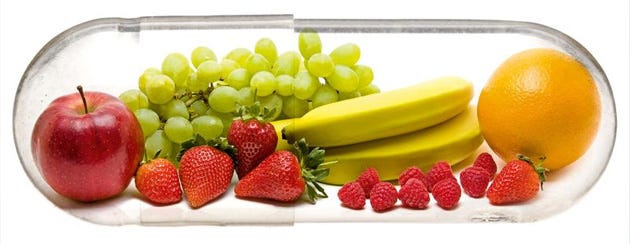
4. Targeted Supplementation
Supplements directly target fat cells to help shrink them and promote mightier, more powerful mitochondria.
Recommended Fat Loss Nutrients Daily:
Omega 3 Fish Oil* (3–5,000 grams daily)
Curcumin (150 mg. daily)
PQQ — Pyrroloquinoline Quinone (10–20 mg. daily)
CoQ10 (150 mg. daily)
Magnesium Citrate or Chelated (600 mg. daily)
*An excellent vegetarian source of omega 3 fat is an algae-derived DHA supplement or Algal.
These supplements are powerful and will help to reduce fat and help increase the mitochondria required for a leaner, healthier you. Please check with your physician to ensure there are no undesirable interactions with other medications etc.
5. Reverse Inflammaging
Low-level Inflammation tends to take center stage as we age, often referred to as ‘inflammaging.’ Inflammation and weight gain tend to go hand-in-hand. This is why it is crucial to eat an anti-inflammatory diet that is nutrient-dense, high in antioxidants and polyphenols. Choosing an anti-inflammatory lifestyle always and especially after the age of 40. [3]
Remember, our mitochondria begin to falter as we get older and we have fewer of them, unless we take action. Intervening with the tips here are going to help stop the mitochondrial degradation that happens and help promote energy, weight loss, and optimized health.
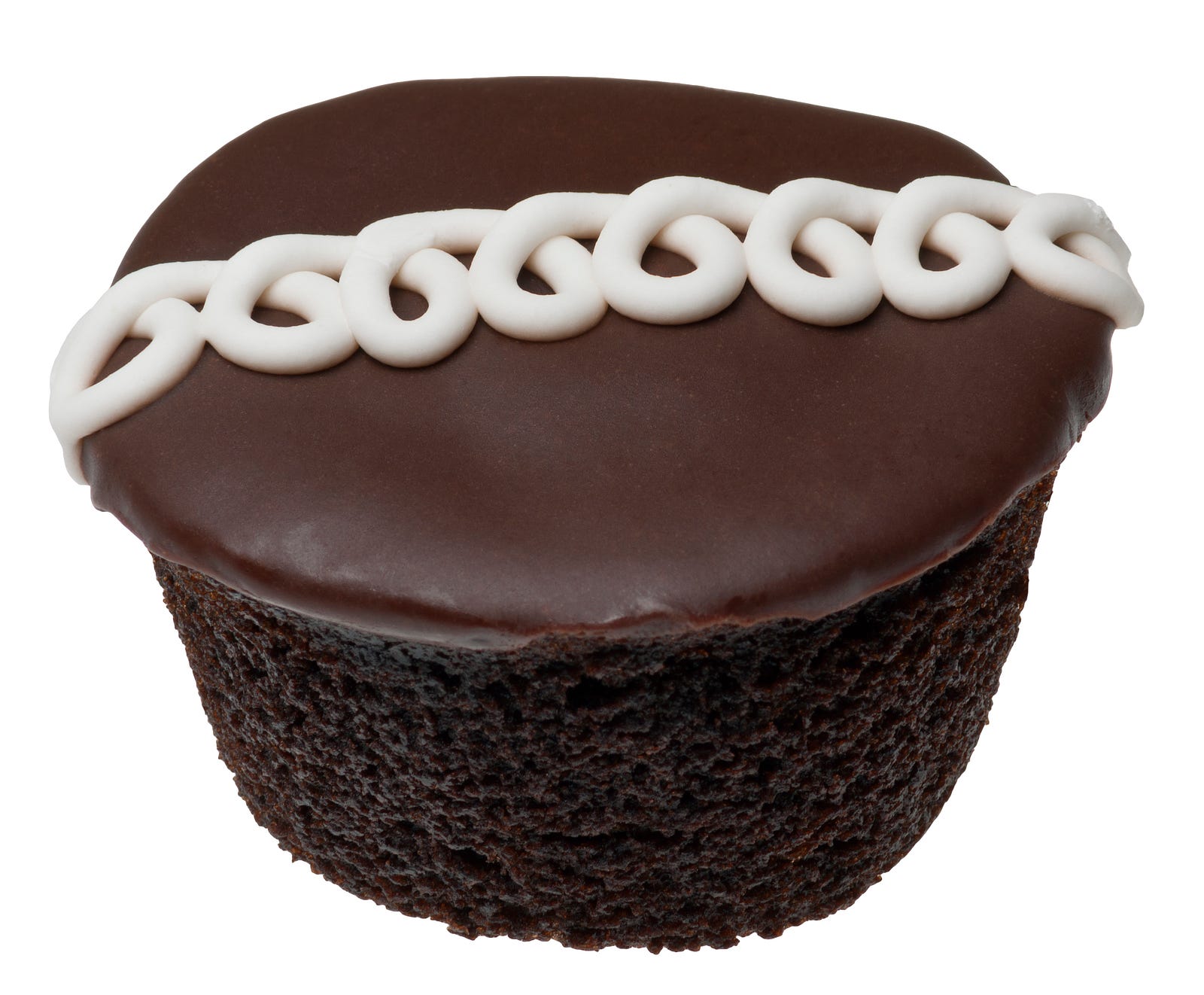
6. Eliminate Sugar
Sugar is the #1 inflammatory ‘food’ out there. Ingesting sugar causes cravings and keeps one on the sugar bandwagon — I call this sugar’s velvet handcuffs. Until you break free from sugar, it will leave you with weight and health effects down the road.
When you eat sugar, your blood sugar spikes and then rapidly falls. When your blood sugar falls, your body needs to maintain balance and that means you go in search for more sugar to bring the level back up — this is the relentless cycle of sugar addiction. In addition to the inflammation that occurs, sugar also triggers the fat storage hormone insulin — and insulin also likes to keep fat there.
Giving up sugar may sound hard, but it is quite simple once you replace it with the right foods such as fat and protein. Every meal should have a source of clean protein and healthy fats. This will not only help you get off of sugar, but help you lose weight as well.
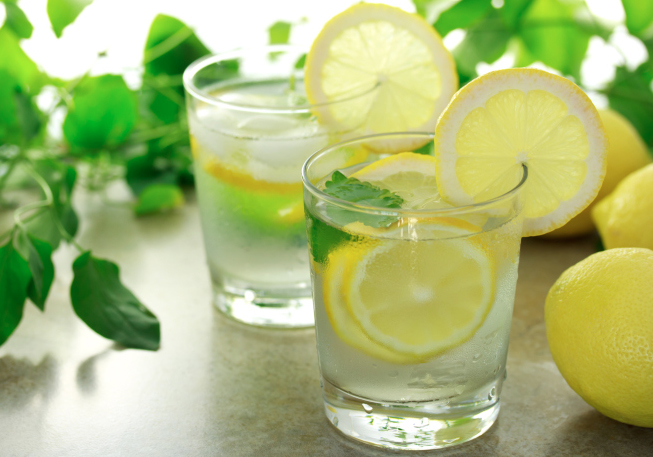 “Add Fruits, Berries, Cucumbers or Even Herbs to Encourage You to Drink Water More Often”
“Add Fruits, Berries, Cucumbers or Even Herbs to Encourage You to Drink Water More Often”
7. Drink Water
Water is an important key to weight loss success. We all know water is an excellent healthful choice, however, water has fat loss benefits that we can add to its long list of perks. When you drink just one glass of water, you boost your metabolism by 30% for hours afterwards. Research shows that those who lose 50 lbs. or more and keep it off, drink water consistently, throughout the day, every day. Water helps you not only boost your metabolism, but also helps you to feel full as well. [4]
Implementing at least one or two of these tips is going to not only help promote optimal health, but help you get leaner in the process.
Resources
[1] http://www.ncbi.nlm.nih.gov/pubmed/18662766
[2] http://www.ncbi.nlm.nih.gov/pmc/articles/PMC1540458/
[3] https://www.ncbi.nlm.nih.gov/pmc/articles/PMC1166571/
[4] http://www.annfammed.org/content/14/4/320
[5] https://link.springer.com/article/10.1007/s11845-017-1638-4
©2019 DLS HealthWorks, LLC. Lori Shemek, PhD health and weight loss expert. Bestselling author of How To Fight FATflammation! and the bestselling author of ‘Fire-Up Your Fat Burn!’





